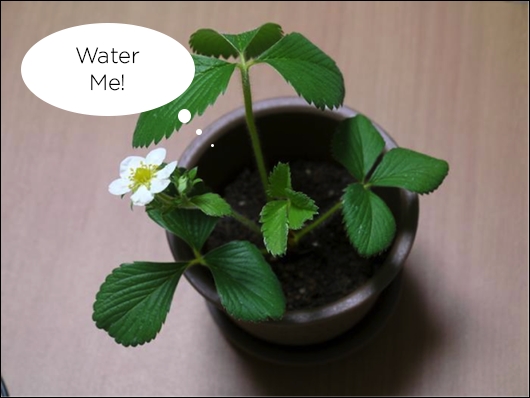One of the biggest challenges we will be tackling in this project is to figure out if our plant needs to be watered or not.

We do this by measuring the moisture, or the water content of the soil that the plant is in. We will need to measure some quantifiable parameter that directly relates to the moisture of the soil.
This is where our sensor becomes important. As we have discussed before, a sensor is something that converts a physical parameter into an electrical signal that can be measured. In this case, the physical parameter is the soil moisture itself that we want to convert into electric signals.
Commercial soil moisture sensors estimate water content based on the dielectric constant of the soil. The dielectric constant can be thought of as the soil's ability to conduct electricity. The dielectric constant of soil increases as the water content of the soil increases.
This is due to the fact that the conductivity of water is much more than that of soil and its components...



